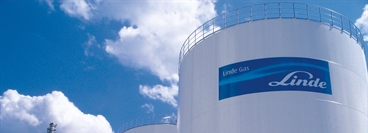

The air we breathe is a mixture of various gases, each with its own unique properties that are invaluable for so many industrial processes and medical therapies.
Known as atmospheric gases, the components of air include:
• Argon
• Carbon dioxide
• Helium
• Nitrogen
• Oxygen.
Air also contains a number of rare gases such as xenon, krypton and neon. Although the ratio of this life-sustaining mixture has varied over time, the components have remained unchanged for many millions of years.
Reactivity
The majority of atmospheric gases are classified as unreactive or inert, and it is only the oxidising gases, oxygen and carbon dioxide, that react readily with other elements.
Separating the Gases
The main atmospheric gases – oxygen, nitrogen and argon – and the rare gases are generally captured by reducing the temperature of air until each component liquefies and can be separated. Carbon dioxide is usually recovered as a by-product of various industrial processes, in chemicals and refining in particular.
Helium occurs naturally only in the earth’s crust, where it is trapped in non-porous rock pockets. It is recovered in a similar way to oil. As helium ‘wells’ are only found in certain geologies, this is a rare and expensive gas.
As a pioneer in cryogenic air separation, we have gained unparalleled know-how in the design and construction of air separation units (ASUs). To date, we have built over 2,800 units in 80 countries.